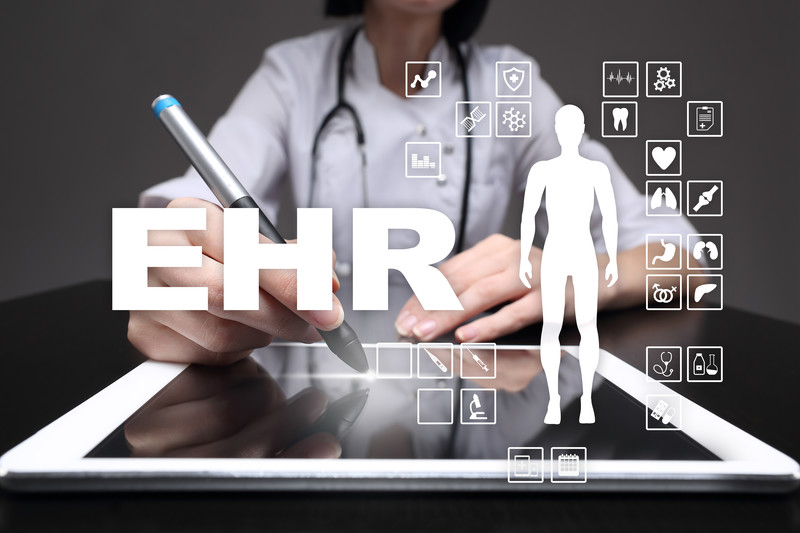
Pathology comprises many laboratory functions related to disease diagnosis, treatment, and prevention. The goal of pathology is to provide accurate diagnosis so that the treating physician can develop an optimal treatment plan. Pathology transcription services play a key role in helping hospital labs, reference labs, and public health labs ensure that information transmitted to the patient’s electronic health record (EHR) is accurate, complete, and delivered in a functional format.
EHRs have transformed the way clinicians interact with laboratory information, including test order entry and result review. With widespread adoption of EHRs, pathologists and laboratories face many challenges. Understanding the implications of EHR for pathology labs and overcoming these challenges is crucial to succeed in the era of expanding EHR usage, according to a 2015 report that discussed the role of the pathologist in the EHR environment.
The Health Information Technology for Economic and Clinical Health (HITECH) Act established an EHR incentive program under which physicians and hospitals could qualify to receive incentive payments if they adopt and demonstrate “meaningful use” of a certified EHR, that is, use of the EHR to improve the quality, safety, and efficiency of patient care. In the inpatient setting, stage 1 of meaningful use calls for structured laboratory result display in the EHR for more than 40% of laboratory results. Stage 2 of meaningful use requires the following:
- Incorporating more than 55% of yes/no or numerical lab results into the EHR as structured data
- Use of computerized provider order entry for at least 30% of laboratory orders
- Electronic transmission of reportable disease diagnoses to public health agencies using Health Level 7 International (HL7) standards
- Use of the Logical Observation Identifier Names and Codes vocabulary standard for test code names
- For hospitals: sending structured electronic lab results to ambulatory ordering providers for more than 20% of electronic laboratory orders received
Implementation of an Interfaced Electronic Health Record and Laboratory Information System (LIS) is needed to achieve the first 2 goals of stage 2. Meaningful Use Stage 3 calls for clinical lab managers and pathologists to take steps to promote EHR use for care coordination, hassle-free transitions of care, and improve interoperability and seamless healthcare data transfer.
A study published in Arch Pathol Lab Med, March 2017 reported that interfacing the EHR with LIS improve lab workflow and offer many clinical benefits such as decreased TAT, fewer stat specimens and preanalytic errors, and a more effective electronic add-on ordering process.
This is how the LIS-EHR integration process works: After determining the test(s) that the patient needs, the referring clinician generates the order in their EHR, and sends it to the LIS of the selected lab. The lab gets the information about the patient and the needed test(s). After completing the tests, the lab sends the results from the LIS back to the referrer’s EHR (Medical Laboratory Observer, Oct 2018). However, besides interoperability between the lab and the referrer, successful lab-EHR integration depends on many factors:
- The test results should be automatically uploaded in the patient’s laboratory results section in his or her profile in the referrer’s EHR.
- The results should be presented in a format that can be easily understood by the clinician as well as the patient. There should be educational information about each lab value that was analyzed.
- The EHR should be able to monitor submitted orders for which results have not been received; likewise, the lab should be able to track test orders back to the clinician.
- The EHR should alert the referrer when the LIS delivers ordered test results.
- Ideally, the EHR should issue red flags if parameters are out of normal range.
When clinicians have direct access to lab results in their EHR, it translates to reduced risk of preanalytic errors, improved patient safety, increased efficiency, and improved quality of care.
Quality documentation is critical for the success of EHR-LIS integration. Medical transcription outsourcing can help clinicians meet their EHR-related documentation requirements. Labs can rely on medical transcription companies specialized in pathology transcription to ensure accurate and timely pathology transcripts, including physician notes, diagnostic reports, pathology consultation notes, specimen description, pathological observations and comments, and more.


